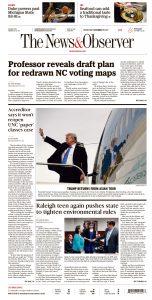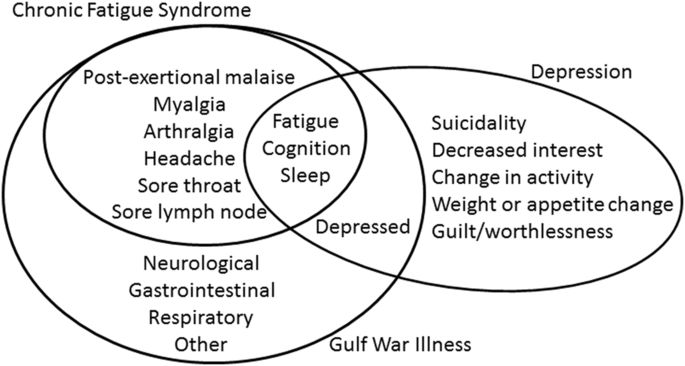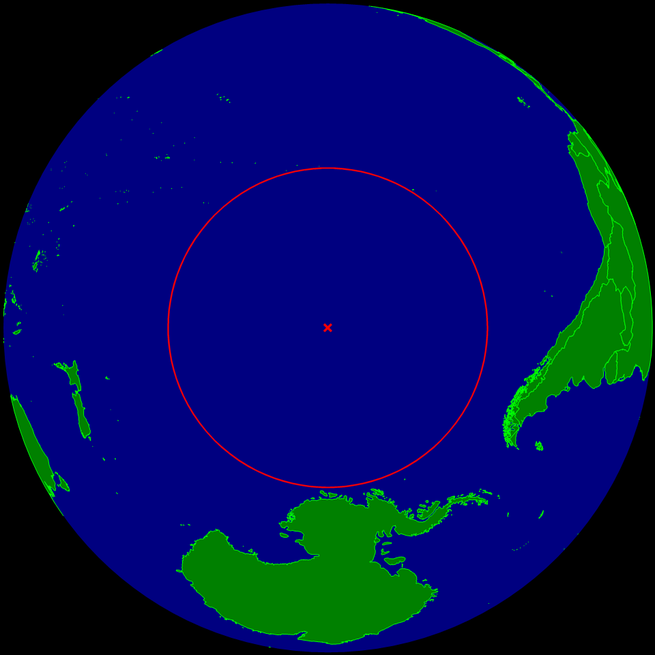I have long been a proponent of streetlights, thinking that they reduce crime. Lately, I’ve been reconsidering my position, especially once I saw the stunning astrophotography my friend Rowland has been doing.
Dark skies are natural. Artificial street lighting is by definition not natural, and its increasing prevalence has repercussions that we are only beginning to understand.
I am now starting to think that, like air conditioning, electric light is meant for the indoors.
A central aim of the “lighting revolution” (the transition to solid-state lighting technology) is decreased energy consumption. This could be undermined by a rebound effect of increased use in response to lowered cost of light. We use the first-ever calibrated satellite radiometer designed for night lights to show that from 2012 to 2016, Earth’s artificially lit outdoor area grew by 2.2% per year, with a total radiance growth of 1.8% per year. Continuously lit areas brightened at a rate of 2.2% per year. Large differences in national growth rates were observed, with lighting remaining stable or decreasing in only a few countries. These data are not consistent with global scale energy reductions but rather indicate increased light pollution, with corresponding negative consequences for flora, fauna, and human well-being.
Source: Artificially lit surface of Earth at night increasing in radiance and extent | Science Advances
Wikimedia photo by Oleg Volk, www.olegvolk.net






